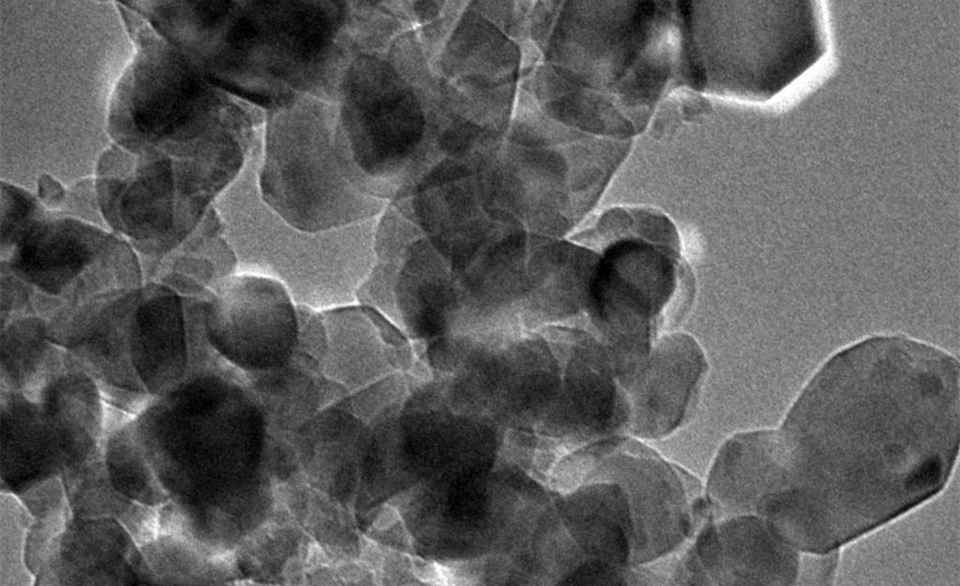What effect does the quality of titanium dioxide have on the ink?
In the manufacture of various types of inks, the proportion of titanium dioxide used is relatively large, ranging from 25% to 50%, and some are even larger. Therefore, titanium dioxide plays a vital role in the quality of the ink.

- Impact on ink whiteness
(1) The impact of impurities in the titanium dioxide on the whiteness of the ink. Generally speaking, if a small amount of iron, chromium, cobalt, copper and other impurities are mixed into the titanium dioxide, the prepared ink will produce color shift and reduce the whiteness. This is caused by the impurity ions in the titanium dioxide, especially metal ions, which distort the crystal structure of the titanium dioxide and lose its symmetry. Rutile-type titanium dioxide is more sensitive to impurities. For example, when the content of iron oxide in rutile-type titanium dioxide is greater than 0.003%, it will show color, while its content in anatase-type titanium dioxide is greater than 0.009%. Color reaction. Therefore, it is very important to choose fine, impurity-free titanium dioxide.
(2) The influence of the shape, size and distribution of titanium dioxide particles on the whiteness. High-quality titanium dioxide particles are smooth and have no edges or corners. If you use titanium dioxide with angular edges on the surface of the particles, it will greatly weaken the reflection of light and reduce the whiteness of the ink. The size of titanium dioxide particles should be controlled within 0.2~0.4μm, which is equivalent to about 1/2 of the wavelength of visible light, in order to obtain high scattering ability and make the color appear whiter. When the particle size is less than 0.1μm, the crystal is transparent. If the particle size exceeds 0.5μm, the light scattering ability of the pigment will be reduced and the whiteness of the ink will be affected. For this reason, the particle size of titanium dioxide is required to be suitable and evenly distributed to show good whiteness.
- Influence on ink hiding power
(1) The refractive index of the titanium dioxide crystal itself will directly affect the hiding power of the ink. Generally, the refractive index of titanium dioxide is the best among white pigments. When preparing white ink, titanium dioxide with high refractive index should be used to enhance the hiding power of white ink.
(2) The influence of the particle size, particle structure and dispersibility of titanium dioxide on the hiding power of white ink. Generally, in the range greater than 1/2 of the visible light wavelength, the smaller the particle size, the smoother the particle surface, the better the dispersion of titanium dioxide in the resin binder, and the stronger its hiding power. Because titanium dioxide itself has an obvious crystal structure, its refractive index is larger than that of the vehicle, and the greater the difference in refractive index between the two, the stronger the hiding power of the titanium dioxide used. Practice has proved that rutile titanium dioxide has better hiding power than anatase titanium dioxide, so it is more widely used in ink manufacturing.
- Influence on ink tinting power
The tinting power of titanium dioxide depends on its ability to scatter visible light, and it has a direct effect on the tinting power of the ink. The larger the scattering coefficient, the stronger the tinting power; the higher the refractive index of the titanium dioxide, the stronger the tinting power. Titanium dioxide is the product with the highest refractive index among white pigments, and the refractive index of rutile titanium dioxide is higher than that of anatase titanium dioxide. Therefore, the choice of titanium dioxide is to choose titanium dioxide with strong scattering ability and high refractive index.
- Impact on dispersion performance
Whether the shape of the titanium dioxide particles and the light reflection are uniform, directly affect the dispersion performance of the titanium dioxide. If the surface of the titanium dioxide particles is smooth and the reflection is uniform, the dispersibility is good, and the prepared white ink has good gloss and whiteness. On the contrary, the surface of the particles is rough and diffuse reflection increases, which will greatly reduce the gloss and poor dispersion. , Directly affect the whiteness and transfer performance of the white ink. For this reason, titanium dioxide must be processed before it can be used.
In summary, with the rapid development of packaging and publishing and printing industries, the market demand for inks will increase day by day. As a very important white pigment in inks, titanium dioxide has many properties and functions that cannot be replaced by any other material. Therefore, the amount of titanium dioxide used in inks will increase year by year, and the market application prospects will be very broad.
Article source: China Powder Network
